Looking for ancho chili substitutes? Here are the 7 best options with detailed comparisons and usage tips to save your dish. Each substitute has a unique flavor profile, heat level, and best uses. Here's how to choose the right one for your recipe.
Ancho peppers are the dried form of poblano peppers, known for their rich, fruity flavor with a gentle heat (1,000–2,000 Scoville units). When you run out or can't find them, these substitutes will keep your dishes flavorful and authentic.
Table of Contents
- What Exactly Is Ancho?
- Why Substitute Ancho?
- Top 7 Ancho Chili Substitutes
- Quick Comparison Table
- How to Use These Substitutes Like a Pro
- Buying Guide: Choosing the Right Substitute
- Frequently Asked Questions
- Final Thoughts
What Exactly Is Ancho?
Before we dive into the world of ancho substitutes, let's take a moment to appreciate the star of the show. Ancho is simply the dried form of the poblano pepper. It's mildly spicy (between 1,000–2,000 on the Scoville scale), with a deep, earthy, and slightly sweet flavor profile that makes it a staple in sauces, soups, and stews.

Its versatility and flavor complexity make it a favorite among home cooks and chefs alike. But when it's missing from your pantry, all is not lost. Let's explore some solid replacements!
Why Substitute Ancho?
There are several reasons you might be looking for an ancho substitute:
- You ran out while cooking
- It's not available at your local grocery store
- You prefer a different heat level or flavor
- You're experimenting with new flavors
Whatever your reason, having options is key to staying creative in the kitchen. And sometimes, a substitute can even bring a delightful twist to your recipe.
Top 7 Ancho Chili Substitutes
1. Guajillo Peppers
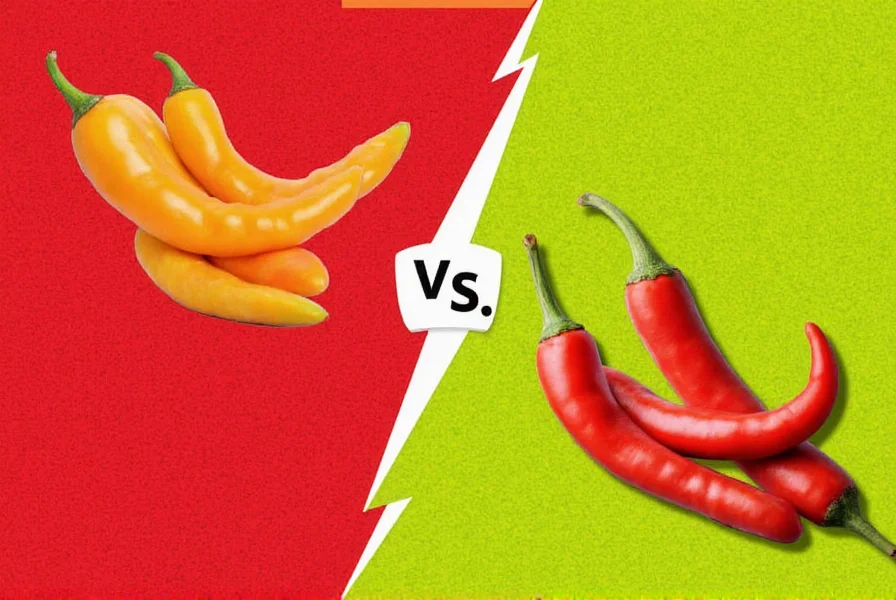
If you had to pick one single substitute for ancho, guajillo would be it. They have a similar mild heat level (around 2,500–5,000 Scoville units) and a bright, tangy flavor with hints of green tea and berries. They're especially good in salsas, marinades, and sauces.
2. Pasilla Peppers

Pasilla, also known as "chilaca," is another Mexican classic. Slightly darker and more wrinkled than anchos, they offer a smoky, raisin-like flavor with moderate heat (about 1,000–2,500 SHU). Great for moles and slow-cooked dishes.
3. Mulato Peppers
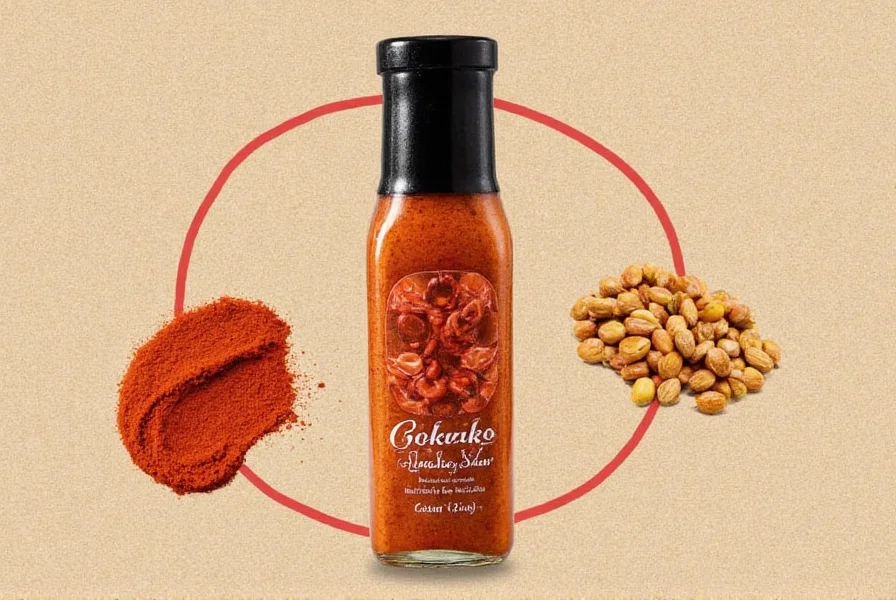
Mulato peppers are a close cousin to ancho but sweeter, with notes of chocolate and licorice. Their heat ranges between 2,500–3,000 SHU. Ideal for complex moles and stews where depth of flavor matters most.
4. Poblano Fresh (Roasted)
Since ancho is just a dried poblano, using fresh poblanos is a logical substitution — especially when roasting. While fresher and milder, roasting brings out smokiness that mimics ancho's character. Use in rajas, tacos, and stuffed dishes.
5. New Mexico Chile

Dried New Mexico chiles (sometimes called "Anaheim" when fresh) are widely available and have a medium heat level (about 1,000–1,500 SHU). With a grassy, almost nutty flavor, they work well in Tex-Mex dishes and enchilada sauces.
6. California Wonder Bell Peppers (Dried or Roasted)
If you're after color and mildness without the heat, dried bell peppers — especially California Wonder — are a great option. They add sweetness and body, though no spice. Perfect for balancing hotter substitutions.
7. Chipotle Powder (Use Sparingly)

While not a direct flavor match, chipotle offers a strong smoky punch. Be careful — it's much hotter than ancho (around 5,000–10,000 SHU). Best used as a seasoning accent rather than a full replacement.
Quick Comparison Table: Ancho vs. Top Substitutes
| Chili Type | Heat Level (SHU) | Flavor Profile | Best For | Substitution Ratio |
|---|---|---|---|---|
| Ancho | 1,000–2,000 | Earthy, sweet, smoky | Mole, sauces, soups | 1:1 |
| Guajillo | 2,500–5,000 | Berry, green tea, tangy | Salsas, marinades | 1:1 |
| Pasilla | 1,000–2,500 | Raisin, prune, earthy | Stews, moles | 1:1 |
| Mulato | 2,500–3,000 | Chocolate, licorice, sweet | Complex sauces | 1:1 |
| Fresh Poblano | 500–2,000 | Grassy, mild | Stuffing, roasting | 1:1 |
| New Mexico | 1,000–1,500 | Nutty, herbal | Enchiladas, Tex-Mex | 1:1 |
| Dried Bell Pepper | 0 | Sweet, mild | Color, body, balance | 1:1 |
| Chipotle Powder | 5,000–10,000 | Smoky, spicy | Seasonings, rubs | Use sparingly |
How to Use These Substitutes Like a Pro
Knowing which ancho substitute to use is half the battle — knowing how to use it effectively is the other half. Here are some professional-level tips to keep in mind:
Toast First for Maximum Flavor
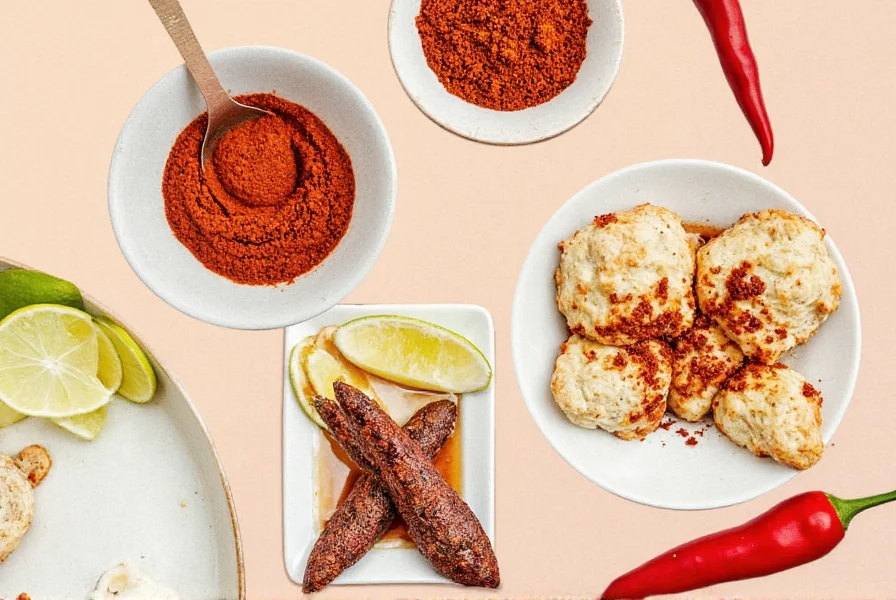
Toasting chilies before using them in recipes unlocks their oils and enhances their natural aroma. Simply dry roast them in a skillet over medium heat for about 30 seconds per side until fragrant.
Rehydrate for Sauces
Many substitutes (like guajillo and pasilla) benefit from rehydration. Soak them in hot water for 20–30 minutes before blending into sauces or pastes.
Balance the Heat
Some substitutes (like guajillo and chipotle) pack more heat than ancho. Adjust quantities accordingly or blend with milder peppers (like bell peppers) to balance intensity.
Think About Texture
When making sauces, texture matters. If you're using powdered forms (like chipotle), mix them with oil or broth to avoid clumping.
Experiment with Blends
Don't be afraid to mix two or three substitutes together. Try combining mulato and pasilla for a richer mole or guajillo with bell pepper for color and balance.
Buying Guide: Choosing the Right Ancho Substitute
Whether you're shopping online or hitting up your local market, here's what to look for in each substitute:
Guajillo Peppers
- Features: Thin-skinned, deep red, slightly glossy
- Advantages: Bright flavor, versatile, widely available
- Use Cases: Mole, salsas, adobo
- Target Audience: Home cooks and chefs who love bold, tangy flavors
- Suitable Occasions: Everyday cooking and special occasions alike
Pasilla Peppers
- Features: Long, wrinkled, dark brown/black
- Advantages: Rich, savory flavor; works well in slow-cooked dishes
- Use Cases: Stews, moles, braises
- Target Audience: Fans of traditional Mexican cuisine
- Suitable Occasions: Weekend cooking, holiday meals
Mulato Peppers
- Features: Dark brown to black, smooth skin
- Advantages: Complex, sweet-spicy flavor with chocolate undertones
- Use Cases: Specialized moles, dark sauces
- Target Audience: Culinary explorers and gourmet enthusiasts
- Suitable Occasions: Dinner parties, gourmet cooking
New Mexico Chile
- Features: Medium-red, firm, thick skin
- Advantages: Mild and reliable, easy to find in U.S. markets
- Use Cases: Enchiladas, chile con queso, Tex-Mex dishes
- Target Audience: Southwestern food lovers and casual cooks
- Suitable Occasions: Weeknight dinners, backyard cookouts
California Wonder Bell Peppers (Dried)
- Features: Red-orange, thin-skinned, sweet aroma
- Advantages: Adds sweetness and vibrancy without heat
- Use Cases: Balancing spice, adding color, enhancing body
- Target Audience: Health-conscious cooks and kids' meals
- Suitable Occasions: Family-friendly meals, colorful dishes
Frequently Asked Questions
What's the closest substitute for ancho chili?
Guajillo peppers are the closest substitute in terms of flavor profile and versatility. They share similar mild heat levels (though slightly hotter) and offer a complex flavor that works well in most recipes calling for ancho. For the most authentic substitution, use guajillo in a 1:1 ratio, but be prepared to adjust slightly for its tangier profile.
Can I use paprika instead of ancho chili?
Smoked paprika can work as a partial substitute when you need the smoky element of ancho, but regular paprika lacks the depth and complexity. If using smoked paprika, start with half the amount of ancho called for and supplement with a pinch of cumin for earthiness. For best results, combine smoked paprika with a mild chili powder.
Can I substitute chipotle for ancho?
Yes, but with caution. Chipotle is significantly hotter (5,000-10,000 SHU vs. ancho's 1,000-2,000 SHU) and has a more intense smokiness. Use chipotle at about 1/3 to 1/2 the amount of ancho called for in your recipe, and consider balancing it with a milder pepper like New Mexico chile. Chipotle works best when you specifically want that smoky heat profile.
What's the difference between ancho and guajillo peppers?
Ancho peppers are dried poblanos with an earthy, sweet, and mildly smoky flavor (1,000-2,000 SHU), while guajillo peppers offer a brighter, tangier profile with berry and green tea notes (2,500-5,000 SHU). Visually, anchos are heart-shaped and dark reddish-brown, while guajillos are longer, flatter, and bright red. Both are essential in Mexican cuisine but serve different flavor purposes.
Can I use fresh poblanos instead of dried ancho peppers?
Absolutely. Since ancho is simply dried poblano, fresh poblanos are the most direct substitute. For best results, roast the fresh poblanos to develop smokiness, then remove the skins. Use a 1:1 ratio by volume, but note that fresh poblanos will add moisture to your dish, so you may need to adjust liquid content slightly.
What's the best ancho substitute for mole sauce?
Traditional mole often uses a blend of chilies. For the closest approximation, combine pasilla and mulato peppers. Pasilla provides that deep, raisin-like complexity while mulato adds the chocolate notes that are characteristic of many mole recipes. If you only have one option, mulato is generally preferred for its sweeter, more complex profile that mimics ancho's contribution to mole.
Can I use regular chili powder instead of ancho?
Store-bought chili powder is a blend of spices and chilies, so it's not a direct substitute. However, if it's your only option, use about half the amount called for (since commercial blends contain other spices) and supplement with additional cumin and oregano to approximate the flavor profile. For better results, seek out pure ancho chili powder rather than standard chili powder.
Final Thoughts
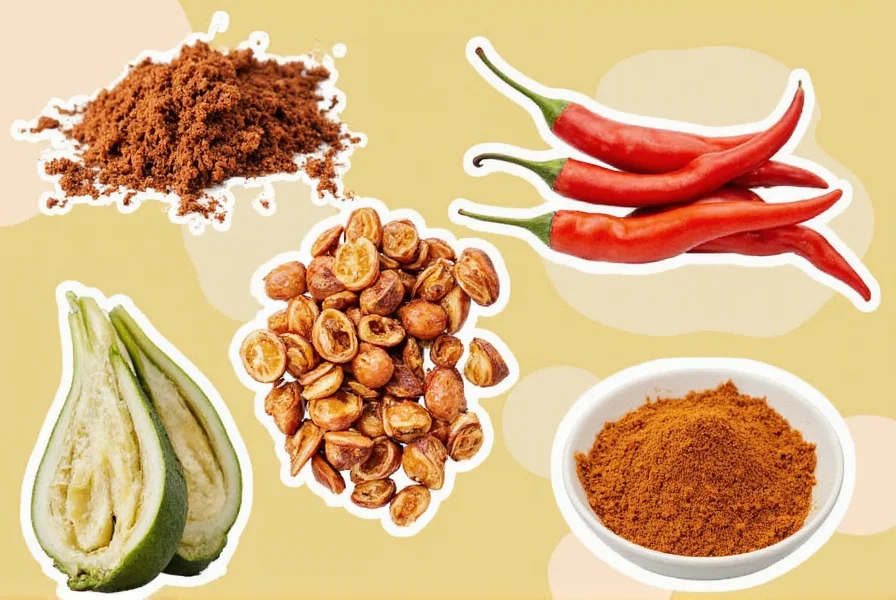
The next time you're stuck without ancho, remember: you've got options. Whether you're craving tangy guajillo, smoky chipotle, or sweet California wonder, there's a perfect match for your dish. The key is understanding flavor profiles, heat levels, and textures so you can swap confidently — like a true spice-savvy chef.
And hey, sometimes the best discoveries happen when you're forced to improvise. So don't be afraid to experiment. After all, that's what cooking is all about: creativity, curiosity, and a little bit of chili magic.

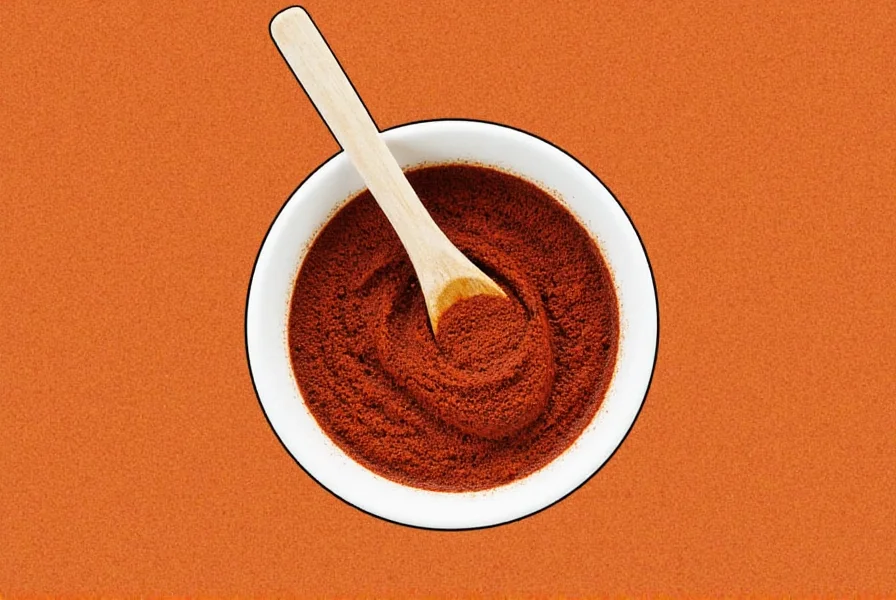









 浙公网安备
33010002000092号
浙公网安备
33010002000092号 浙B2-20120091-4
浙B2-20120091-4